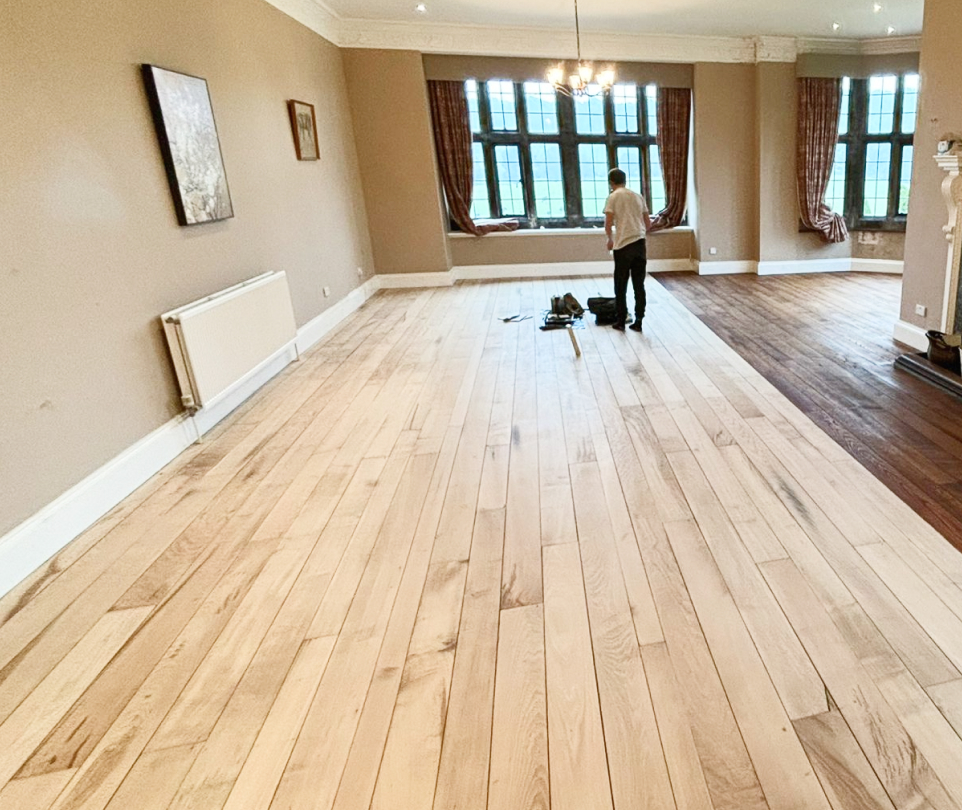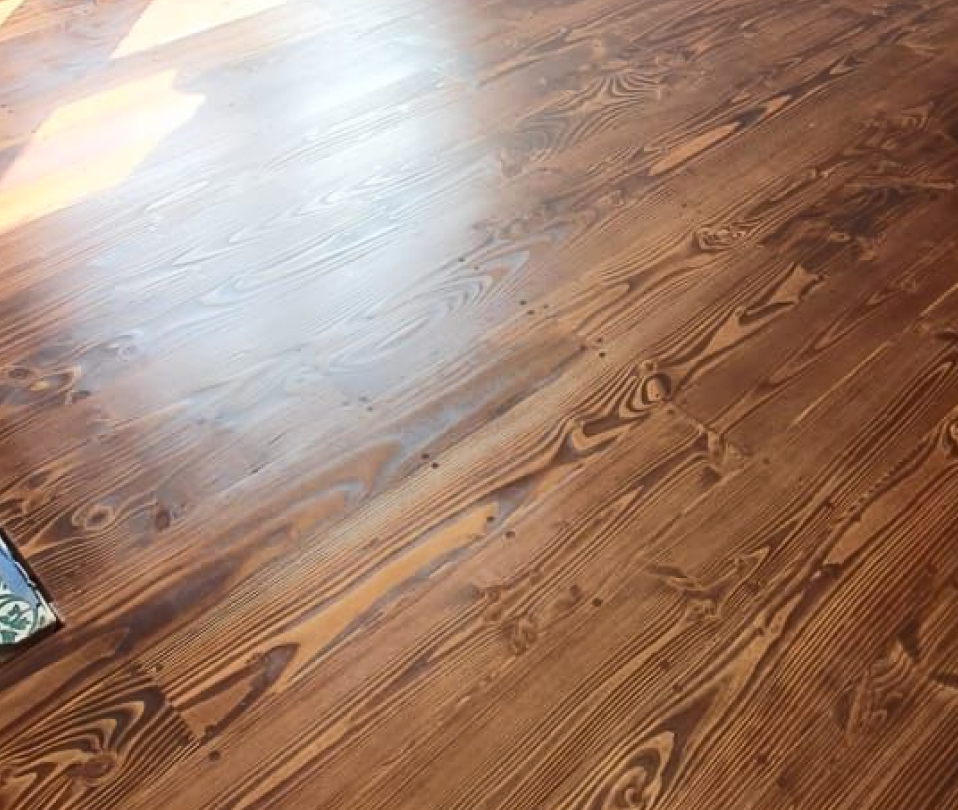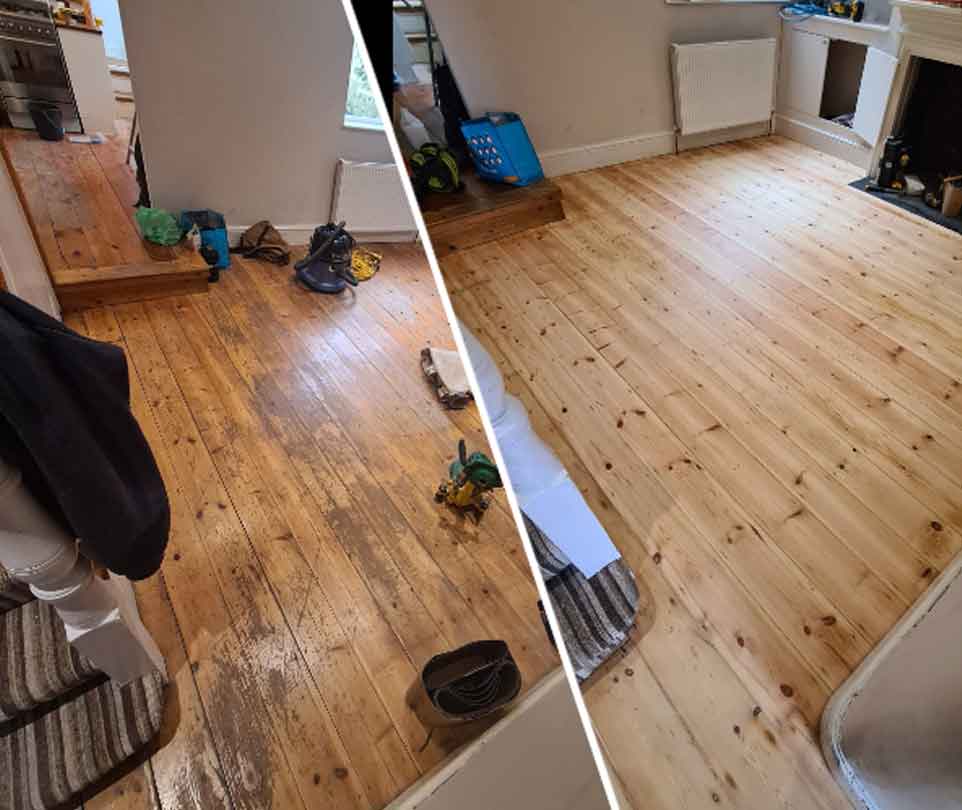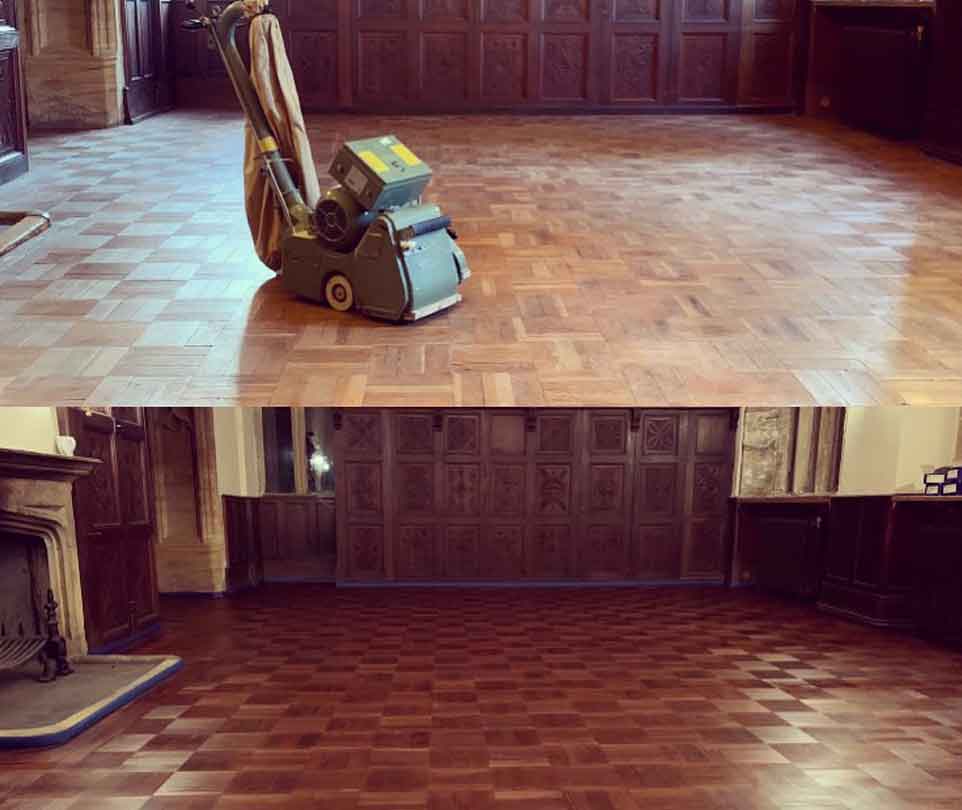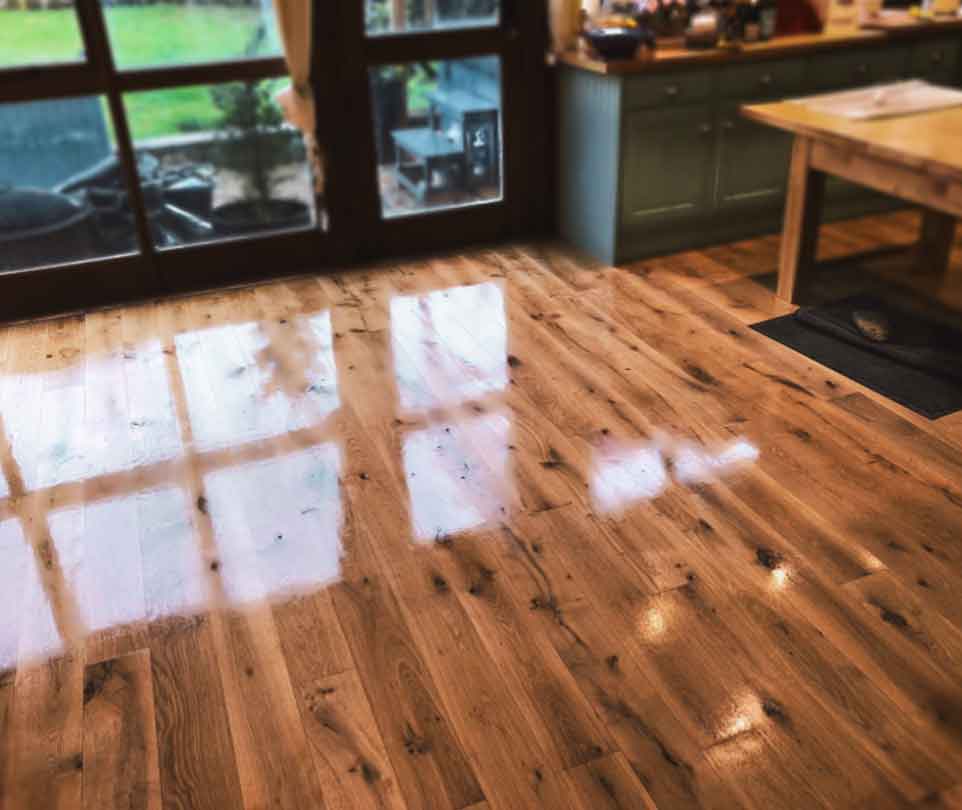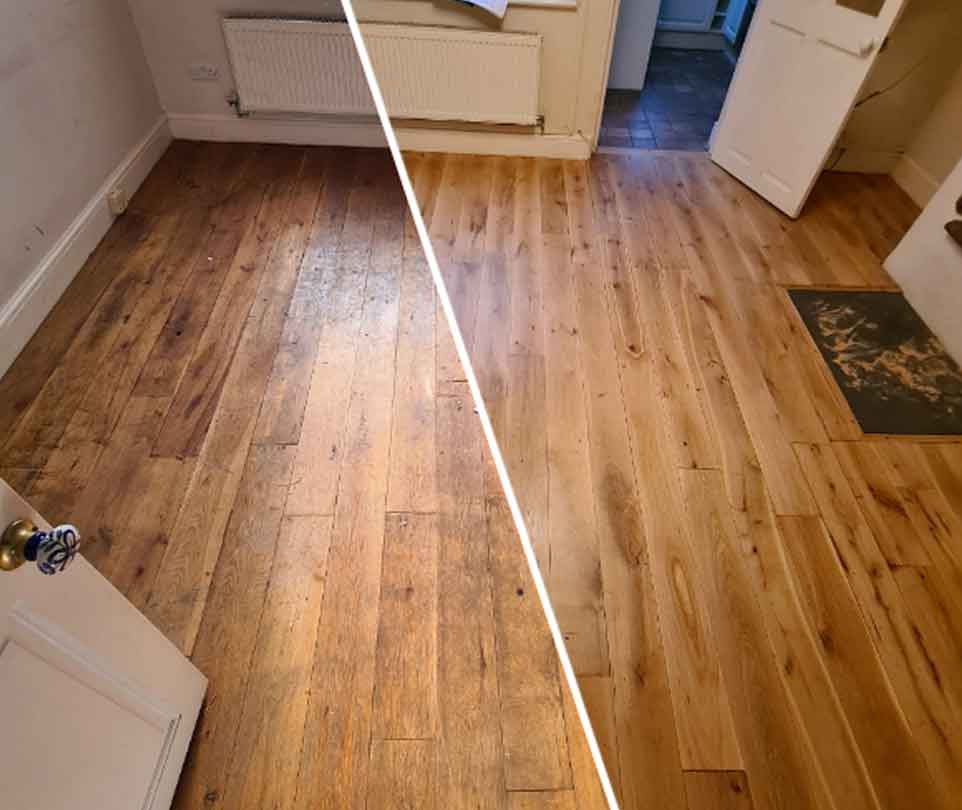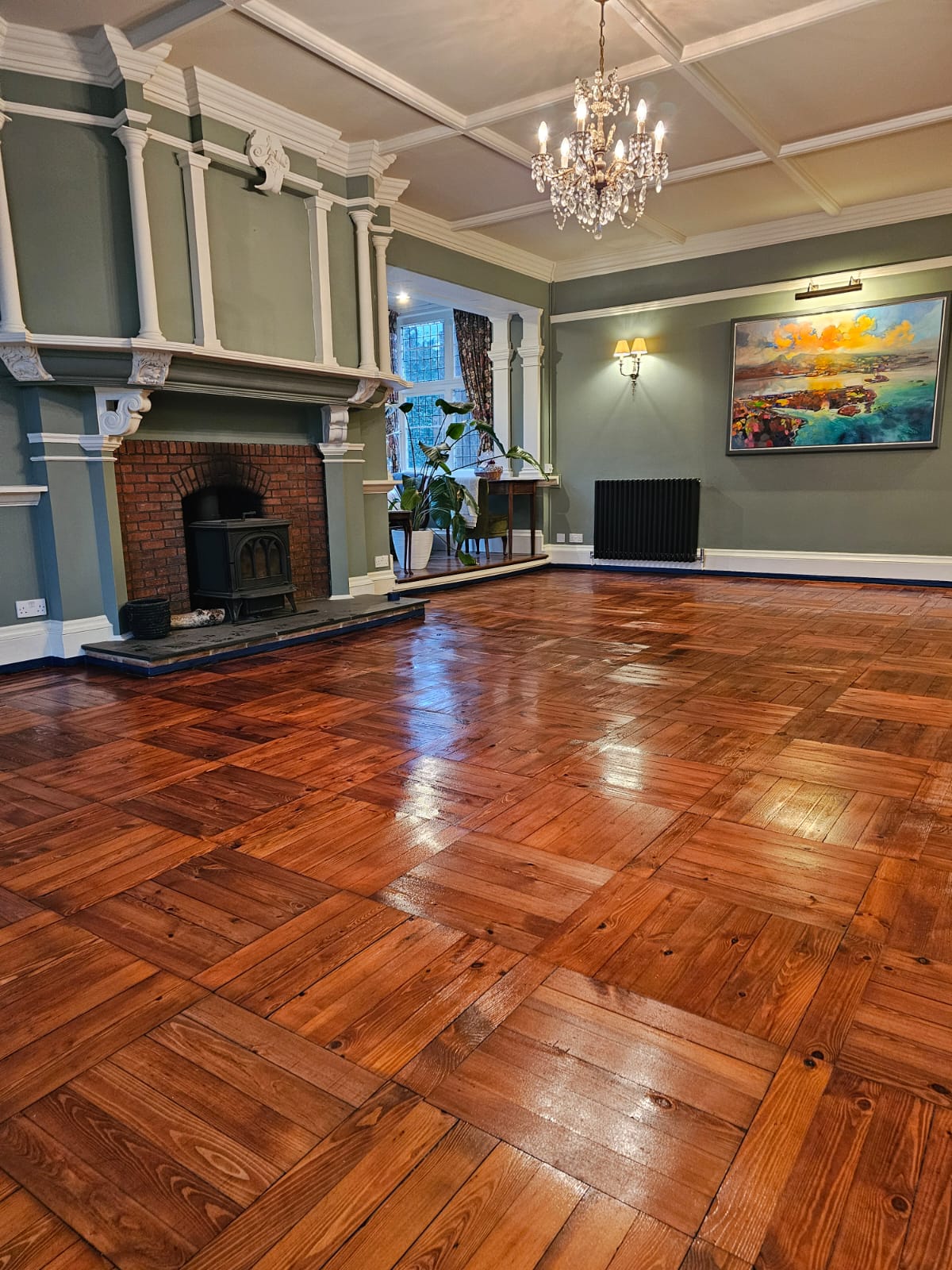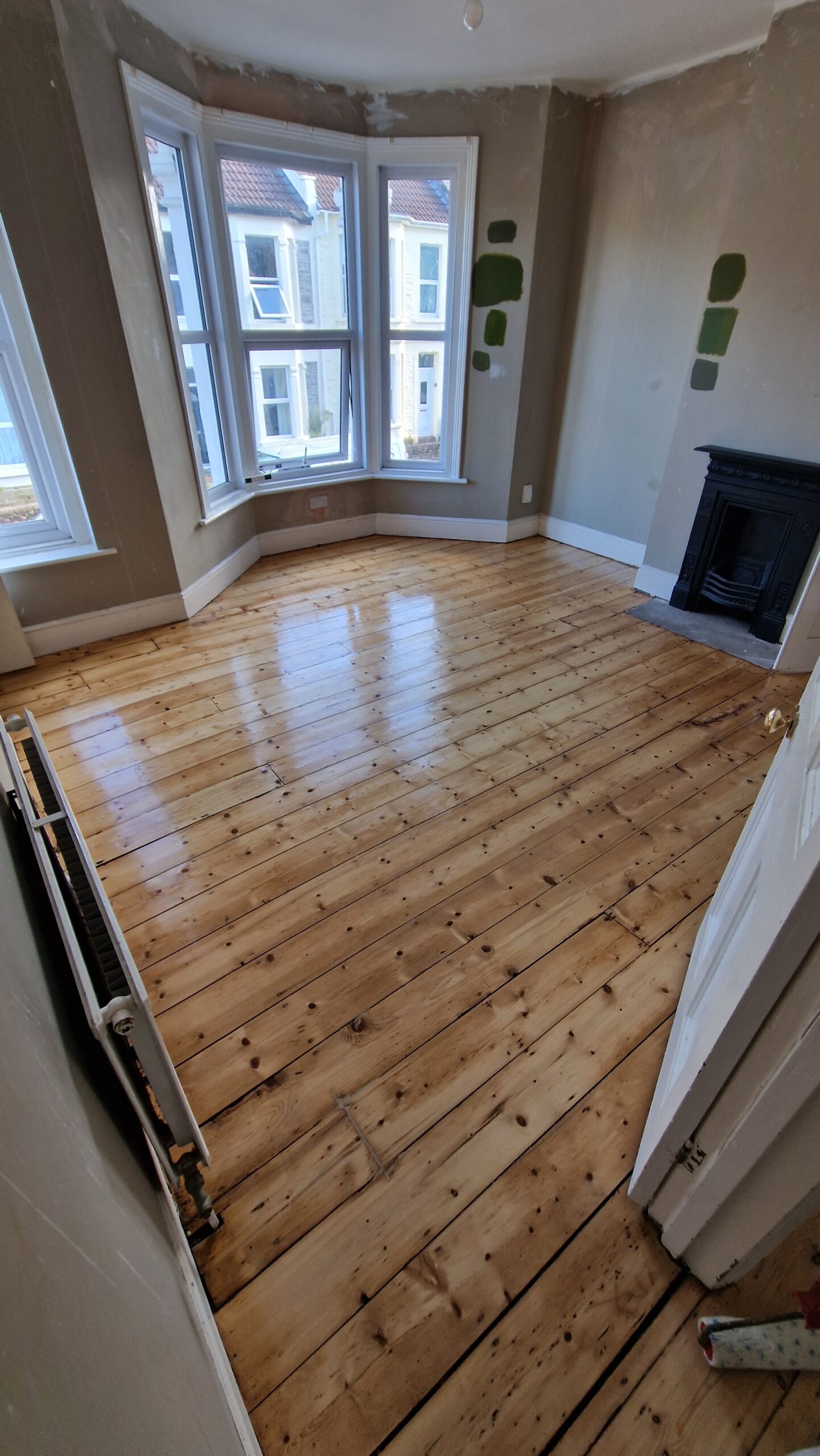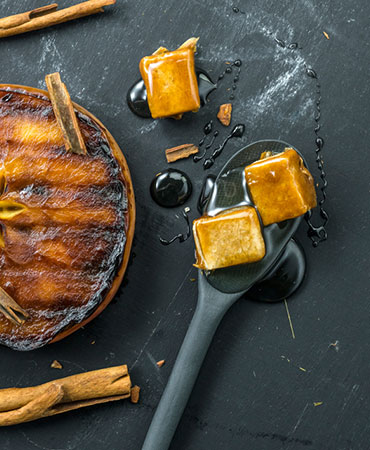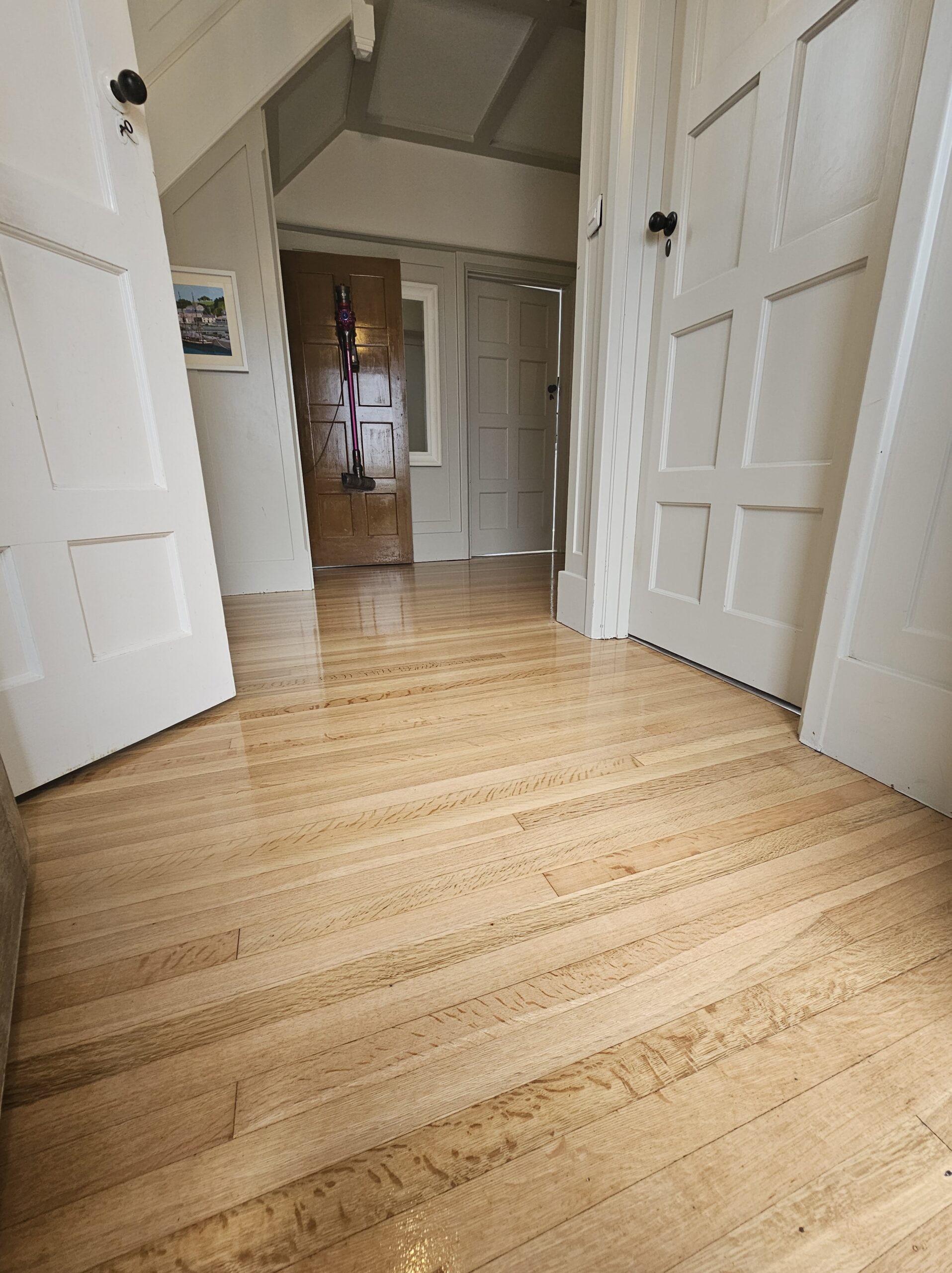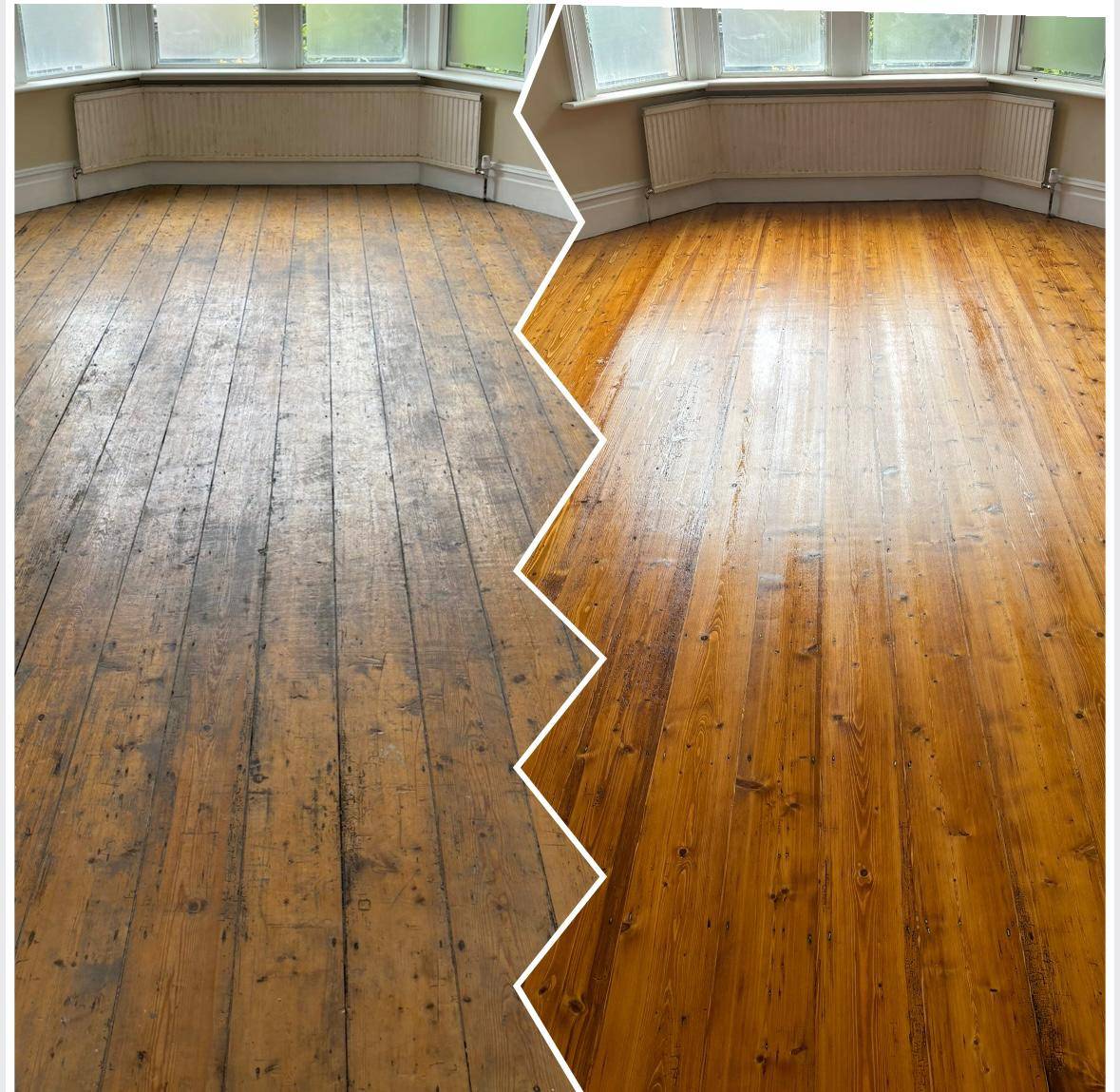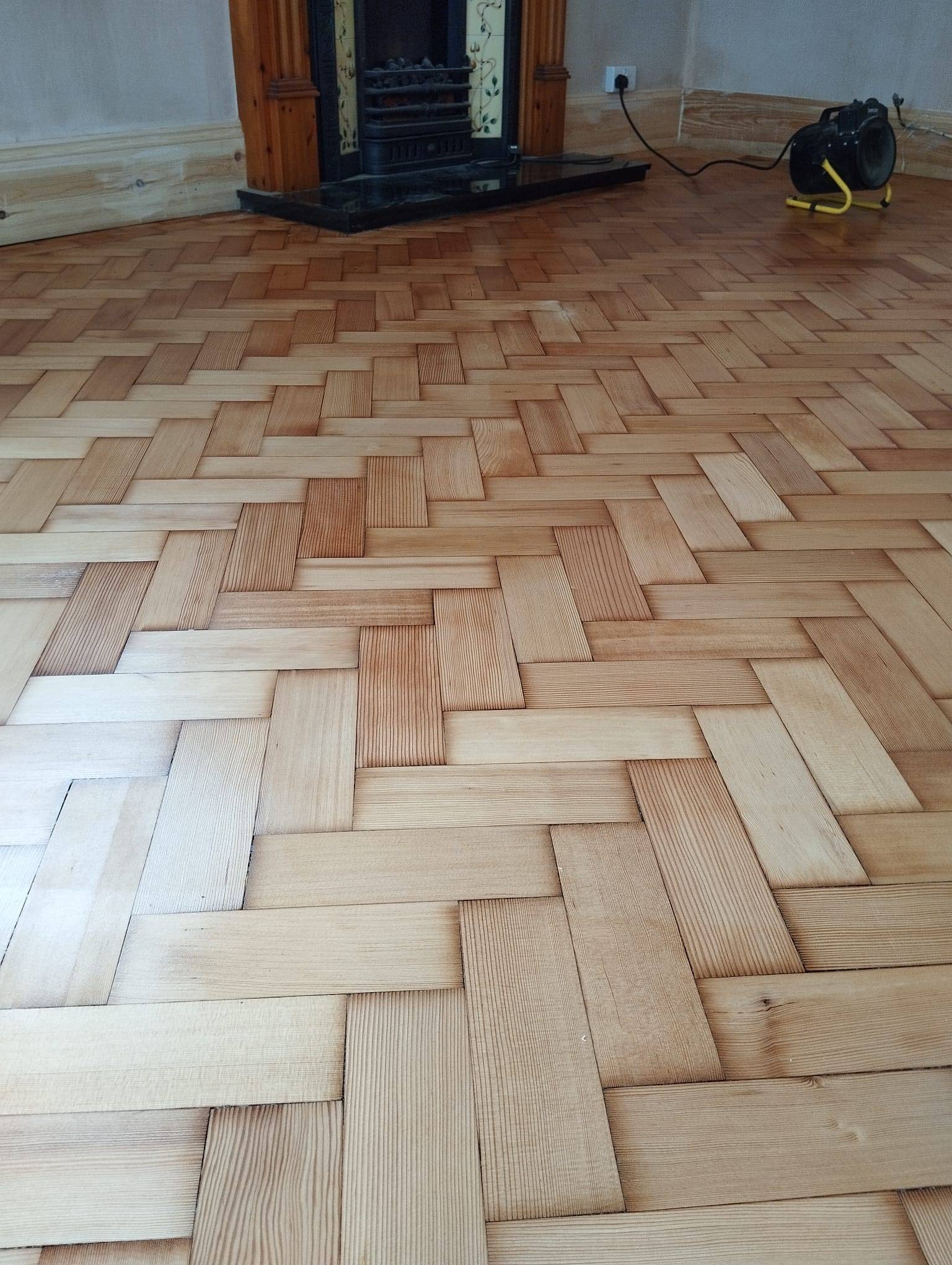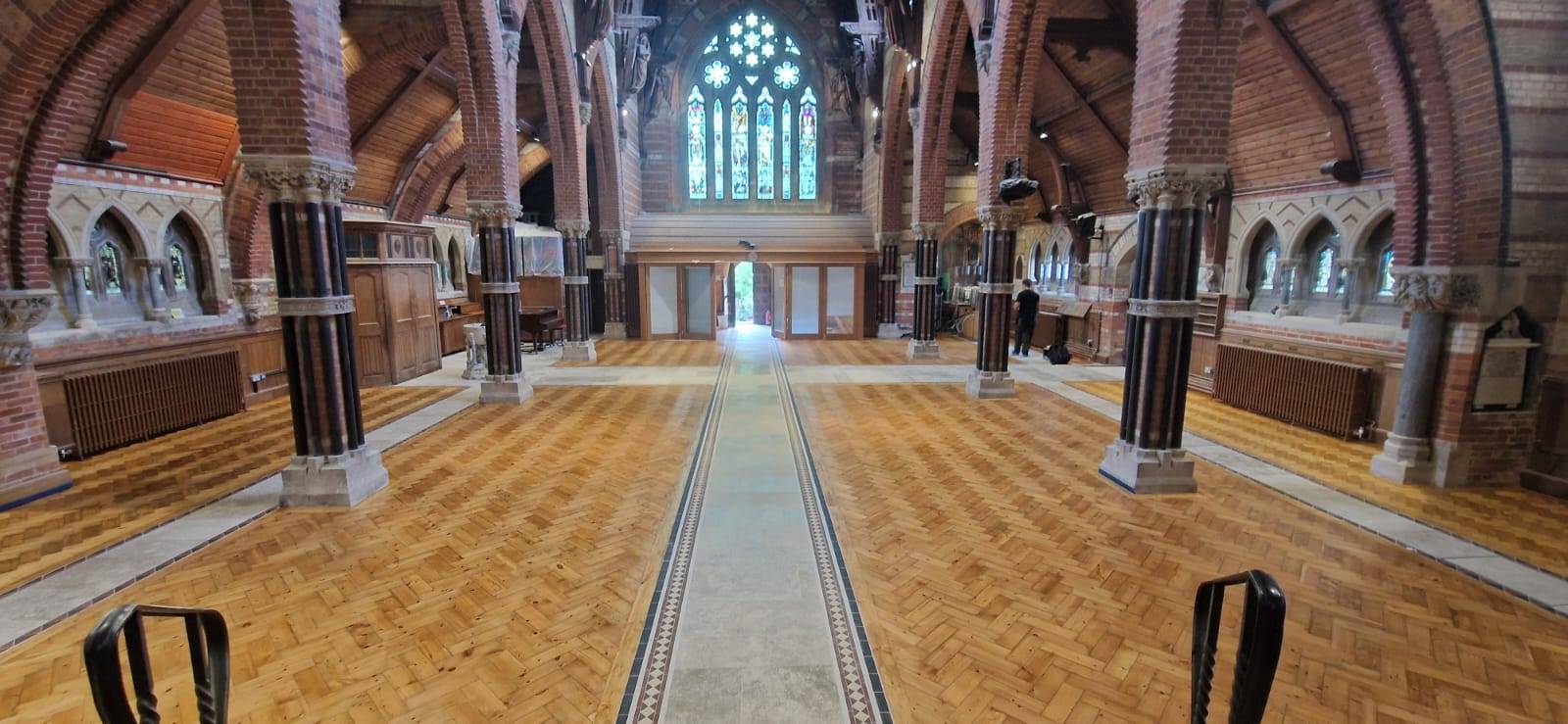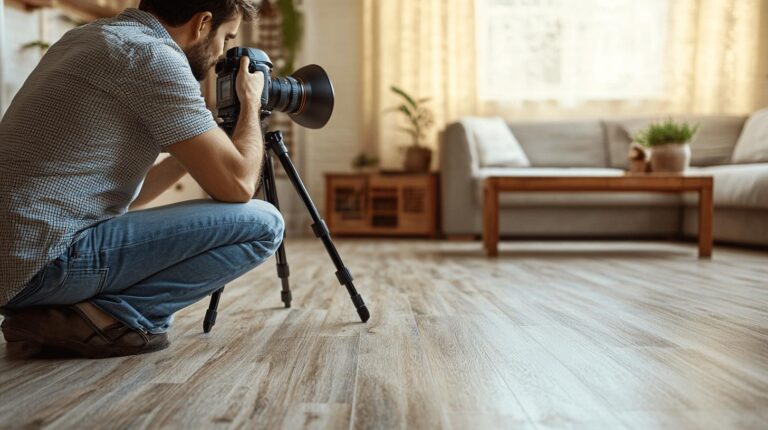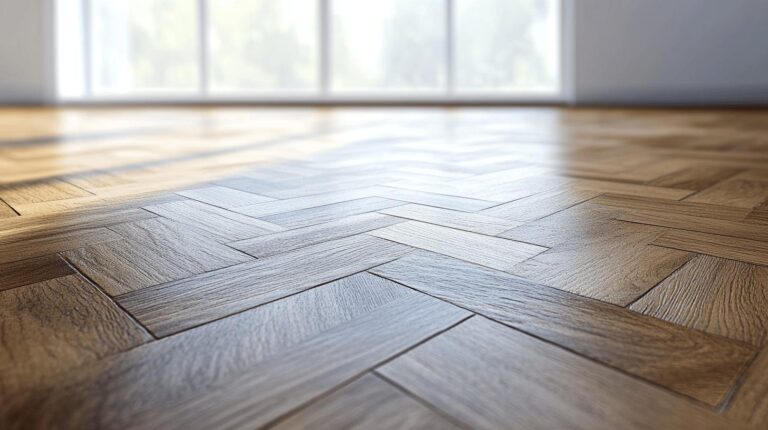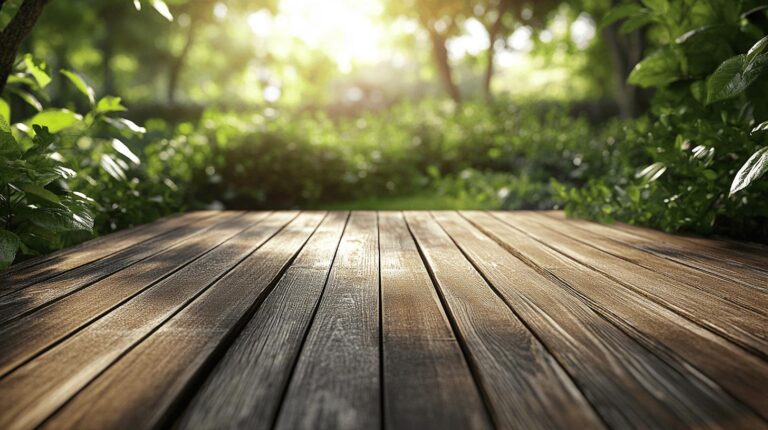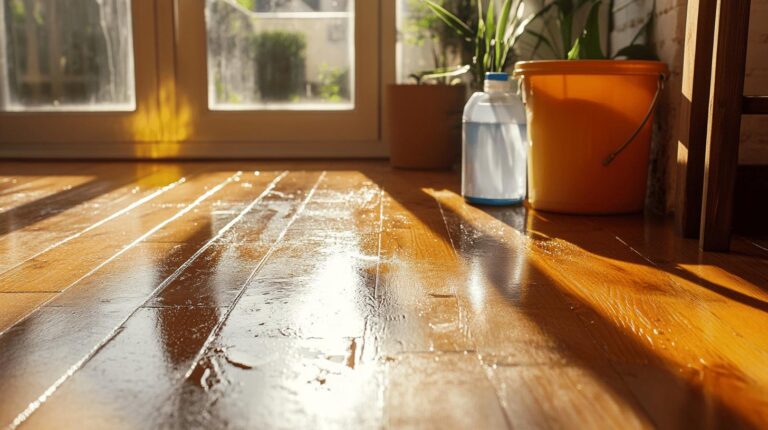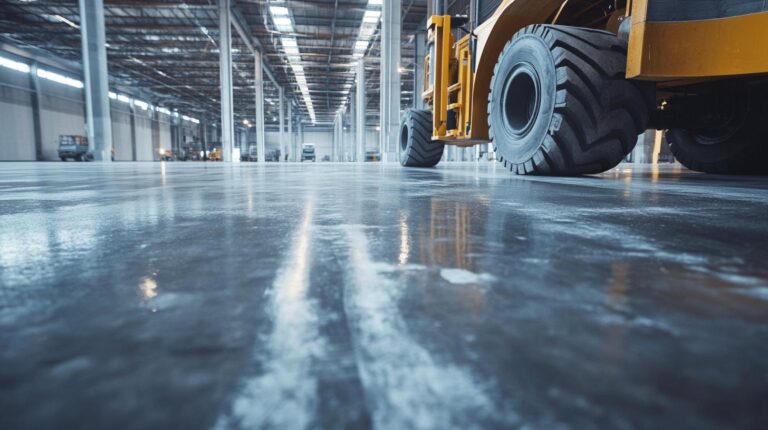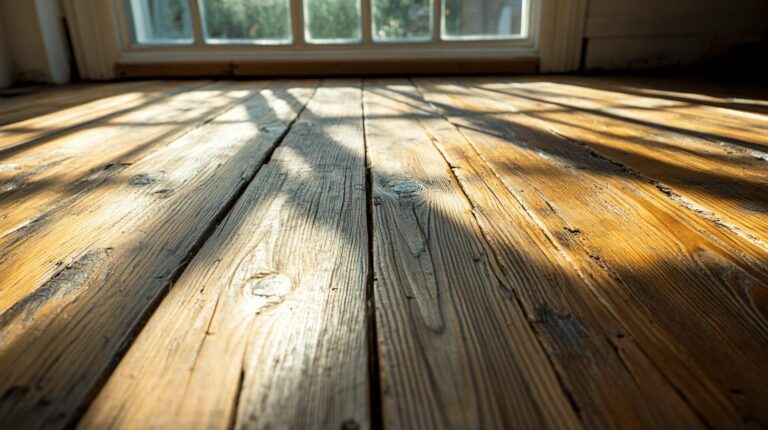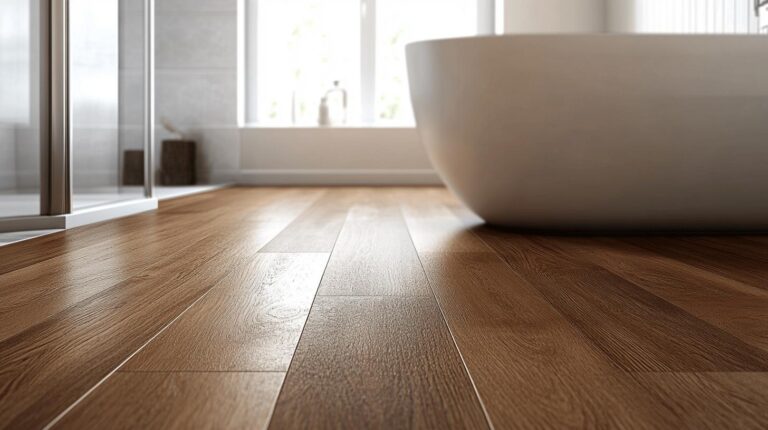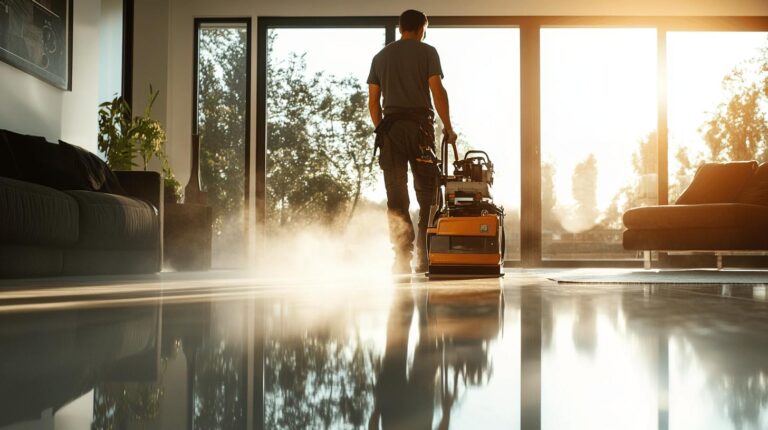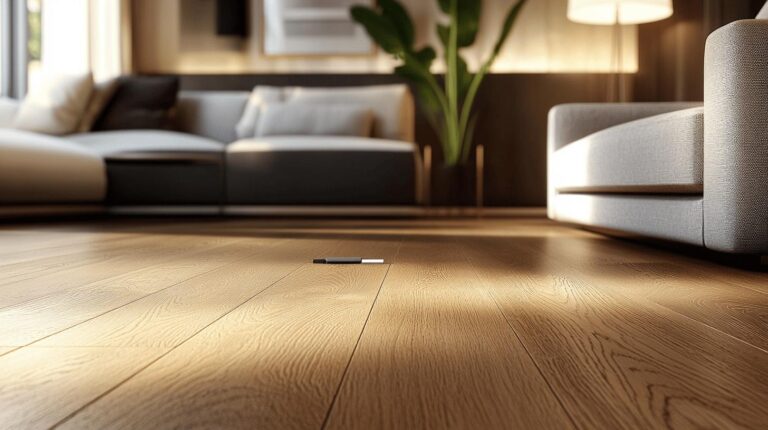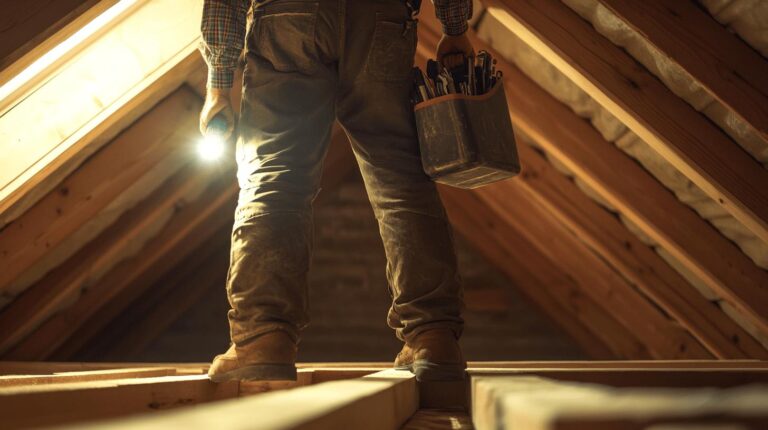Restaurant floor sanding is the process of removing the top layer of a wooden floor to eliminate surface-level scratches, scuffs, and damage. This process restores the floor’s smoothness and appearance, preparing it for refinishing with a protective coating that enhances durability and shine.
Restaurant floors endure heavy foot traffic, spills, and furniture movement, which can cause significant wear over time. Sanding helps remove surface damage and prepares the floor for a protective finish. This process not only restores the floor’s aesthetic appeal but also extends its lifespan and improves safety by eliminating uneven or damaged areas.
The frequency of sanding depends on the level of foot traffic and wear. For high-traffic restaurants, floors may need sanding every 3 to 5 years. In lower-traffic areas, sanding may be needed less frequently, typically every 5 to 7 years. Regular maintenance, such as cleaning and buffing, can help extend the time between sanding sessions.
Yes, sanding can remove most surface-level scratches, dents, and scuffs. For deeper damage, additional repairs may be necessary before sanding. Our team assesses the condition of the floor and recommends the best approach to restore it fully.
In most cases, sanding and refinishing a restaurant floor require a temporary pause in operations to allow the process to be completed. We work with you to minimise disruption by scheduling the work during off-hours or days when the restaurant is closed, ensuring that the process is as convenient as possible for your business.
The time required for sanding depends on the size of the space and the condition of the floor. Typically, the process takes 1 to 3 days, including sanding, cleaning, and applying the finish. Additional time may be needed for the finish to fully dry and cure before the floor can handle foot traffic.
After sanding, we offer a variety of finishes, including water-based polyurethane, oil-based polyurethane, and natural oils. These finishes provide different levels of sheen and durability. Water-based finishes dry faster and have low odour, while oil-based finishes provide a deeper, richer look. We help you choose the best finish based on your restaurant’s needs and aesthetic preferences.
After sanding and refinishing, it’s important to allow the finish to fully cure before reopening the floor to foot traffic. We recommend waiting at least 24 to 48 hours for light foot traffic and 72 hours for full use, including moving furniture back into place. The type of finish used will determine the exact drying time.
At Ryans Restoration, we use modern, dust-free sanding equipment to minimise the amount of dust created during the sanding process. While some dust is inevitable, our equipment captures the majority of it, ensuring that the space remains clean and safe throughout the restoration.
Yes, engineered wood floors can be sanded as long as the top veneer layer is thick enough. The number of times an engineered floor can be sanded depends on the thickness of this layer. Our team will assess the condition of your engineered wood floor and determine whether sanding is appropriate.
Sanding smooths out uneven surfaces and removes splinters, reducing the risk of slips, trips, and falls. In a restaurant environment where spills are common, sanding and refinishing provide better traction, creating a safer workspace for staff and a safer environment for customers.
To maintain your floor, regularly sweep or vacuum to remove dirt, debris, and food particles that can scratch the surface. Use a damp mop with a wood-safe cleaner for deeper cleaning, but avoid excessive water. In high-traffic areas, consider using rugs or mats to reduce wear, and place felt pads under furniture legs to prevent scratches when moving chairs or tables.
The longevity of the finish depends on the level of foot traffic and the type of finish applied. In high-traffic areas, the finish may need to be reapplied every few years to maintain its protective qualities. Regular cleaning and maintenance can help prolong the life of the finish, keeping the floor looking polished and well-maintained.
Yes, sanding can remove surface-level stains caused by food or drink spills. By removing the top layer of the wood, sanding eliminates these blemishes and prepares the floor for a fresh coat of finish that will help protect against future stains.
At Ryans Restoration, we offer professional restaurant floor sanding services tailored to the unique demands of a commercial environment. Our experienced team uses high-quality materials and state-of-the-art equipment to ensure that your floors are restored to their original beauty and functionality. We prioritise minimal disruption to your business and are committed to delivering excellent results that enhance the overall atmosphere and safety of your restaurant.
